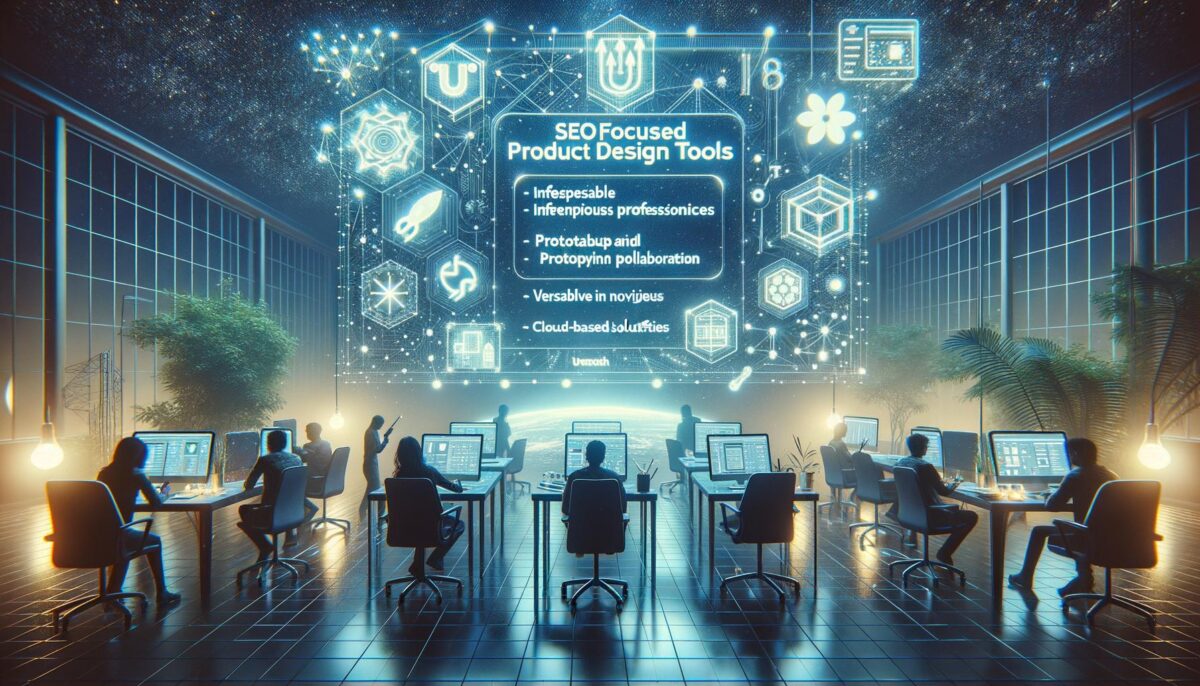The Importance of Choosing the Right UI/UX Tools
Designing an intuitive user interface (UI) and crafting an exceptional user experience (UX) is pivotal in today’s competitive market. The right tools can transform abstract ideas into tangible prototypes ready for user testing and iteration. With so many options available, the challenge lies in selecting software that best meets the needs of both beginners and experienced teams. Whether you aim for cost-effectiveness, professional quality, or robust collaboration features, understanding available tools is crucial for product success in UI/UX design.
Understanding All-in-One and Cloud-Based Solutions
All-in-one solutions have gained popularity by providing comprehensive platforms where design, prototyping, and testing coexist peacefully. These platforms offer a range of features including vector design, interactive functionality, and usability testing without the need to switch between multiple tools. Many of them are cloud-based, enabling seamless remote collaboration among team members located worldwide. Cloud-based solutions have become invaluable for remote teams, offering features such as real-time collaboration, version control, and shared asset libraries, making them integral to modern design practices.
Top Platforms for Beginners and Professionals
Navigating the landscape of design tools can be overwhelming, especially for beginners. Luckily, there are platforms tailored for different experience levels:
- Peerless Drafting Tools: Ideal for newcomers, these tools provide user-friendly interfaces and guided tutorials to kickstart the journey in UI/UX design.
- Advanced Professional Software: Designed for seasoned designers, these platforms offer extensive features that support complex project requirements, from advanced prototyping to collaborative features that mimic real-world experiences.
- Flexible Options: Platforms that scale with your growth are crucial; they begin with basic features and expand to include advanced options as skill levels increase and projects grow in complexity.
This broad spectrum of tools ensures that as your expertise develops, your toolkit evolves without the need to constantly switch platforms.
Enhancing Collaboration with Product Design Platforms
In team-based environments, collaborative product design platforms are indispensable. These tools not only allow multiple users to work on the same project simultaneously but also offer features like:
- Real-time feedback: Streamline workflows by allowing team members to comment directly on design projects.
- Integrations with other tools: Simplify processes by linking with project management and communication tools for a cohesive working environment.
- Role-specific access: Ensure data integrity and streamlined processes by assigning roles and permissions tailored to team member responsibilities.
The synergy created by these collaborative features fosters innovation and efficiency, resulting in more refined and user-centered designs.
Future Trends in UI/UX Design Software
The future of UI/UX design software is being shaped by developments in artificial intelligence and machine learning. Advanced tools are beginning to offer automated design suggestions and predictive analytics, enabling designers to create data-informed designs that resonate more deeply with users. Furthermore, the rise of augmented and virtual reality is pushing boundaries by introducing immersive environments that offer unique challenges and opportunities in UI/UX design. Staying updated with these trends ensures that designers can exploit new technologies to enhance both creativity and user engagement.
Conclusion: Selecting the Right Tool for Your Needs
Choosing the right UI/UX design software depends largely on the specific needs of the project, the team’s expertise, and the level of collaboration required. From all-in-one platforms to specialized tools for beginners and professionals, each offers a unique set of features that can elevate the design process. As the landscape of product design continues to evolve, staying informed about the latest tools and trends will empower teams to create innovative, user-friendly designs that meet ever-changing consumer expectations.
